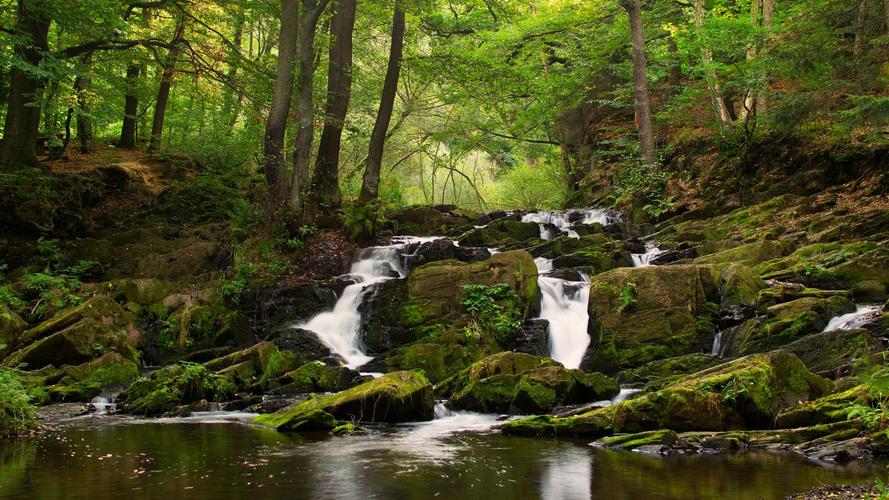Preserving cultural heritage is important in the digital age because it not only helps us better understand our past but also enables us to preserve it for future generations. Cultural heritage is the sum total of a society’s knowledge, history, and art. It encompasses both tangible and intangible aspects, such as buildings, artifacts, music, dance, and traditions.
In the digital age, we have unprecedented access to information and can communicate more easily than ever before. However, this also means that cultural heritage is at risk of being lost or damaged due to technological obsolescence, natural disasters, human negligence, and conflicts. Furthermore, the rise of globalization and cultural homogenization threatens the diversity and vitality of cultural heritage.
Therefore, preserving cultural heritage in the digital age requires a multifaceted approach. First, we need to document and digitize cultural heritage so that it can be easily accessed and shared online. This includes digitizing manuscripts, photographs, and recordings, as well as creating virtual exhibitions and repositories.
Second, we need to ensure the physical preservation of cultural heritage by adopting conservation and restoration measures. This includes taking care of historic buildings and monuments, safeguarding cultural landscapes, and protecting fragile artifacts.
Third, we need to engage communities in the preservation of their cultural heritage. This includes empowering local communities to document their own history and traditions, promoting cultural tourism, and supporting local artisans and craftsmen.
Preserving cultural heritage is crucial not only for the cultural and aesthetic value it provides but also for its economic, social, and environmental benefits. Cultural heritage can drive tourism, promote intercultural dialogue and understanding, and foster identity and belonging. It also serves as a source of inspiration and creativity for contemporary art and innovation.
In conclusion, preserving cultural heritage in the digital age is more important than ever before. By documenting, conserving, and promoting cultural heritage, we can ensure its continuity and contribute to a more sustainable and diverse world.
(Note: Do you have knowledge or insights to share? Unlock new opportunities and expand your reach by joining our authors team. Click Registration to join us and share your expertise with our readers.)
Speech tips:
Please note that any statements involving politics will not be approved.
